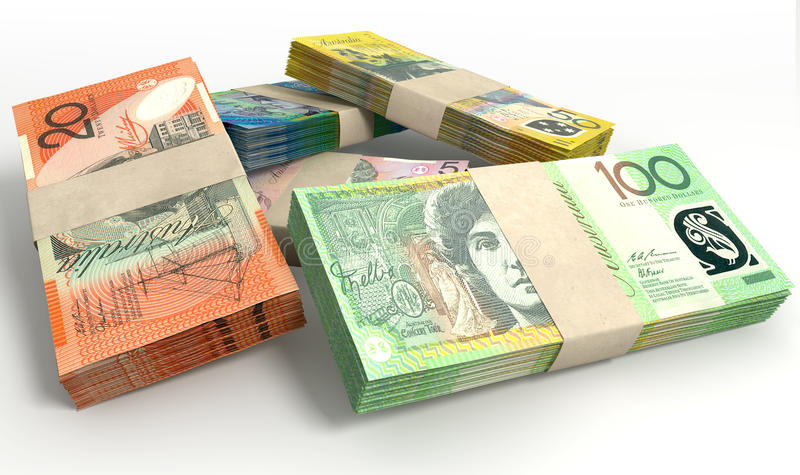Australian dollar is trading with a downward tilt despite weak US dollar.
The Australian Dollar (AUD) is set to extend its week-long decline. A the US Dollar (USD) remains sluggish on Monday despite higher US Treasury yields.
Australia’s central bank took a dovish approach.
The Australian Dollar (AUDUSD) , on the other hand, is under pressure. After the Reserve Bank of Australia (RBA) struck a dovish tone at their most recent meeting.
Last Friday, Australia’s central bank delivered its Monetary Policy Statement (MPS). Highlighting the challenges posed by stubborn inflation and a sluggish Australian economy. The RBA’s goal is to realign inflation with its target. The possibility of pulling the pause button was on the table in November. After thorough discussion, but the RBA leaned toward the confidence of a rate hike as a more effective strategy to address inflation worries.
The RBA board is not ignoring the current financial difficulties that many households are experiencing. Budgets are being squeezed. Interestingly, the Reserve Bank of Australia (RBA) has raised its projections for both inflation and GDP growth. At the same time, predictions for unemployment and salaries are being revised downward.
The Biden-Xi encounter is slated for Wednesday, and it will be their first in-person meeting in a year.
The impending US-China Presidential summit is approaching, and President Joe Biden hopes to reestablish military-to-military relations. ties with China. In an interview with CBS on Sunday, White House national security adviser Jake Sullivan revealed this information. The much-anticipated meeting between Biden and Chinese President Xi Jinping is set for Wednesday during the Asia-Pacific Economic Cooperation summit in San Francisco, marking their first in-person meeting in a year.
Furthermore, the Biden-Xi summit is expected to cover a wide range of global concerns, including the Israel-Hamas conflict, Russia’s invasion of Ukraine, fentanyl production, and debates about artificial intelligence. In addition, the program includes discussions about “fair” trade and economic relations between the two countries.
In his address on Thursday, Federal Reserve (Fed) Chair Jerome Powell surprised many by taking a more aggressive position than expected. Powell voiced concern that present policies may not be restrictive enough. Enough to bring inflation down to the desired 2.0% objective. However, the market mood suggests that the Fed’s tightening cycle has come to an end.
However, the Greenback faces a challenge on Friday after preliminary US Michigan Consumer Sentiment data for November revealed a drop in mood among US consumers. It dropped to 60.4 from 63.8 the previous month.
Australian Dollar (AUDUSD) traders are looking forward to the Westpac Consumer Confidence report on Tuesday. On the US side, on the same day, all eyes will be on the US Consumer Price Index (CPI). In the meantime, China’s Industrial Production and Retail Sales figures will be revealed on Wednesday.
Daily Market Movers: The Australian Dollar is moving sideways, looking for new impetus.
The RBA raised the Official Cash Rate. Rate (OCR) from 4.10% to 4.35%, in response to the latest Monthly Consumer Price Index (YoY) for September, which showed a significant increase of 5.6% compared to the predicted 5.4% growth.
In September, Australia’s TD Securities Inflation (YoY) fell to 5.1% from 5.7% the previous month.
Retail sales in Australia increased by 0.2% in the third quarter after falling by 0.6% the previous quarter.
Following the release of Q4 inflation figures, economists at the National Australia Bank (NAB) predict another 25 basis point boost in February. Furthermore, NAB predicts that rate reduction will not begin until November 2024.
In October, China’s Consumer Price Index (CPI) fell 0.2% year on year, compared to the projected 0.1% drop. The monthly CPI fell by 0.1%, compared to the previous 0.2% growth. Given Australia’s substantial reliance on its major trading partner, a deteriorating economic outlook in China casts a shadow over the Australian Dollar (AUD).









